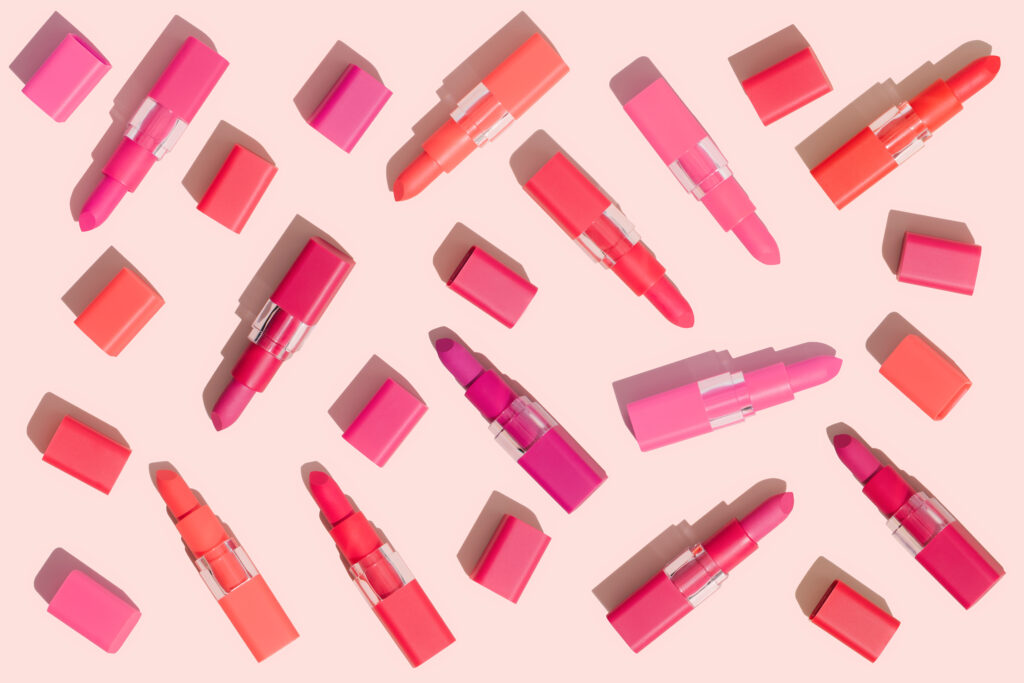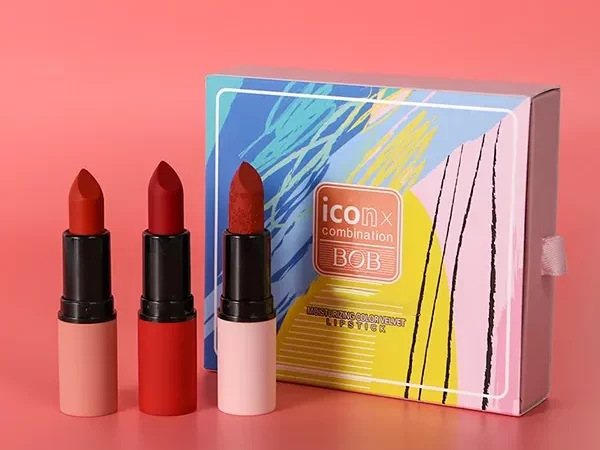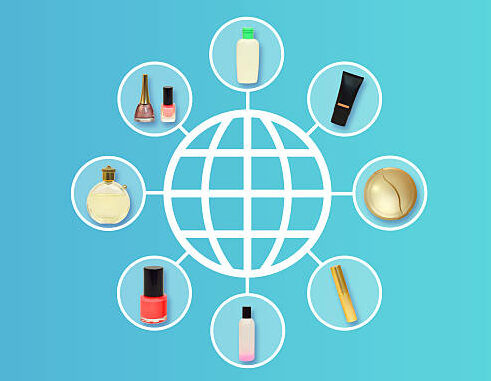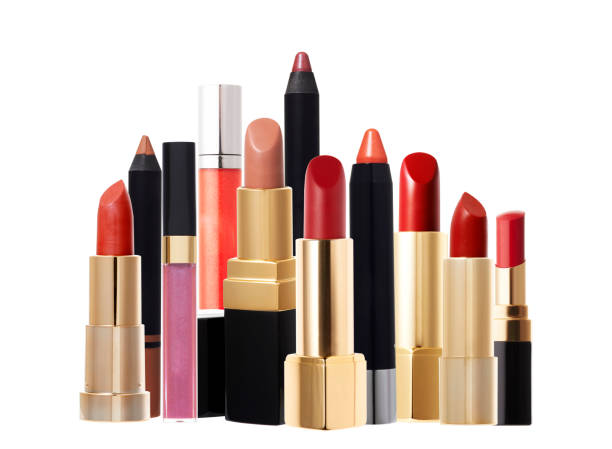Create your own makeup line might sound like a dream, but with the right guidance, it can become a reality. Whether you’re a beauty enthusiast, a budding entrepreneur, or someone with a passion for creativity, this guide will take you through every step of the process. From research and planning to product development and marketing, we’ve got you covered. Ready to dive in? Let’s go!
Why Create Your Own Makeup Line?

Passion for Beauty and Cosmetics
If you love all things beauty, create your own cosmetics line is a fantastic way to channel that passion into a business. Creating products that you believe in and that others will love can be incredibly fulfilling. Plus, you get to experiment with colors, textures, and formulas—what’s not to love?
Market Demand and Opportunities
The beauty industry is booming, with a growing demand for diverse and innovative products. There’s always room for new brands that bring fresh perspectives and solutions to the market. By identifying a gap in the industry, you can create products that meet the needs of an eager audience.
Potential for Creativity and Innovation
One of the best things about own makeup line business is the creative freedom it offers. From product formulation to packaging design, you get to make all the creative decisions. This is your chance to bring your unique vision to life and set trends rather than follow them.
#1: Research and Planning
Identifying Your Niche
Before diving into product development, it’s crucial to pinpoint your niche. What will make your makeup line business stand out? Look at current trends in the makeup industry and analyze your competitors. Are there unmet needs or opportunities for innovation? Your niche could be anything from eco-friendly cosmetics to a line tailored for specific skin tones or concerns.
Market Research
Understanding your target audience is key to your success. Conduct surveys and focus groups to gather insights into their preferences and pain points. Who are they? What are their buying habits? What do they want from a makeup brand? This data will guide your product development and marketing strategies.
Creating a Business Plan
A solid business plan is your roadmap to success. Start with your mission and vision statements, outlining what your brand stands for and aims to achieve. Conduct a SWOT analysis to identify your strengths, weaknesses, opportunities, and threats. Finally, make financial projections to estimate your startup costs, pricing strategy, and potential revenue.
#2: Product Development
Formulating Your Products
The formulation is the heart of your makeup line. Choose your ingredients carefully, ensuring they are safe and effective. Collaborate with experienced chemists to develop high-quality formulations. Make sure your products comply with safety regulations and are tested thoroughly.
Packaging Design
Packaging is your product’s first impression, so make it count. Choose materials that reflect your brand’s values, whether that’s sustainability or luxury. Your packaging should be aesthetically pleasing and functional. Branding and aesthetics play a crucial role here—your design should be consistent with your brand identity.
Testing and Quality Control
Before launching makeup line, rigorously test your products to ensure they meet all regulatory standards. Conduct consumer testing to gather feedback and make any necessary adjustments. Quality control is vital to maintaining your brand’s reputation and ensuring customer satisfaction.
#3: Branding and Marketing
Developing Your Brand Identity
Your brand identity sets you apart in a crowded market. Develop a logo and visual elements that represent your brand’s personality to brand your own cosmetics. Define your brand voice and messaging—how you communicate with your audience is just as important as what you say.
Building an Online Presence
In today’s digital age, having a strong online presence is crucial. Develop a user-friendly website that showcases your products and tells your brand story. Create your own makeup line online by a robust social media strategy to engage with your audience and build a community around your brand.
Influencer and Affiliate Marketing
Leverage the power of influencers to reach a broader audience. Collaborate with influencers who align with your brand values and have a genuine connection with their followers. Additionally, set up an affiliate program to incentivize others to promote your products.
#4: Manufacturing and Distribution

Finding a Manufacturer
Choosing the cosmetic products manufacturer is critical. Decide whether you want to produce domestically or overseas. Each option has its pros and cons regarding cost, quality, and communication. Negotiate terms that align with your business goals and ensure a reliable supply chain.
Production Process
Establish clear timelines and deadlines for your production process. Quality assurance should be a priority at every stage. Regularly inspect products to ensure they meet your standards before they reach the market.
Distribution Channels
Determine the best channels to distribute your products. E-commerce platforms offer a direct way to reach customers, while retail partnerships can help you gain visibility. Consider a mix of both to maximize your reach.
#5: Launching Your Makeup Line
Pre-Launch Strategies
Create buzz before your official launch with teasers and sneak peeks. Use social media, email marketing, and influencer partnerships to build anticipation. The goal is to have people eagerly waiting for your products to drop.
Launch Day Activities
Make your launch day an event to remember. Issue press releases to get media coverage, and consider hosting a launch event—whether virtual or in-person. Engage with your audience in real time and celebrate your achievement.
Post-Launch Strategies
After the launch, focus on gathering customer feedback. Listen to what your customers are saying and make adjustments based on their input. Continuous improvement will help you maintain customer satisfaction and loyalty.
#6: Scaling Your Business
Expanding Product Lines
As your brand grows, look for opportunities to expand your product range. Research and development will play a key role in this process. Stay ahead of trends and continuously innovate to keep your offerings fresh and exciting.
Entering New Markets
Consider international expansion to reach new customers. Each market has unique needs and preferences, so adapt your products and marketing strategies accordingly. Understanding local regulations and cultural differences is crucial.
Continuous Improvement
The beauty industry is ever-evolving, so staying current with trends is essential. Foster a culture of innovation and creativity within your team. Always be on the lookout for ways to improve your products and customer experience.
#7: Financial Management
Budgeting and Forecasting
Effective financial management is vital for your business’s success. Create a budget to manage your expenses and plan for the future. Regularly update your revenue projections based on sales data and market trends.
Funding Options
Starting a makeup line requires capital. Consider various funding options, such as self-funding, seeking investors, or applying for loans. Each option has its advantages and risks, so choose the one that aligns with your business goals.
Financial Tracking and Reporting
Keep meticulous records of your financial transactions. Bookkeeping and regular financial reporting will help you stay on top of your business’s financial health. This transparency is also crucial when seeking funding or attracting investors.
#8: Legal Considerations

Business Structure
Choose a business structure that suits your needs, whether that’s a sole proprietorship, LLC, or corporation. Each has different legal and tax implications. Register your business to make it official.
Intellectual Property
Protect your brand by trademarking your name and logo. If you’ve developed unique formulas, consider patents to safeguard your intellectual property. Copyright your original content to prevent unauthorized use.
Regulatory Compliance
Ensure your products comply with FDA regulations and any other relevant authorities. If you plan to sell internationally, familiarize yourself with global regulations to avoid legal issues.
#9: Building a Team
Hiring Employees
Identify key positions needed to run your business, such as marketing, sales, and product development roles. Recruit talented individuals who share your vision and values. A strong team is the backbone of your business.
Working with Freelancers and Contractors
Freelancers and contractors can provide specialized skills and flexibility. Find talent through online platforms and networks. Effectively manage remote teams with clear communication and project management tools.
Creating a Positive Work Environment
Cultivate a company culture that values teamwork, innovation, and employee well-being. A positive work environment boosts morale and productivity. Focus on employee retention by offering growth opportunities and recognizing achievements.
#10: Customer Engagement and Retention
Building a Loyal Customer Base
Develop loyalty programs to reward repeat customers. Personalized marketing can make your customers feel valued and understood. Building strong relationships with your customers is key to long-term success.
Customer Service Excellence
Provide excellent customer service to handle complaints and provide support. A satisfied customer is more likely to return and recommend your products to others. Be responsive and solution-oriented in your approach.
Utilizing Customer Feedback
Actively seek feedback through surveys and reviews. Use this information to improve your products and services. Showing that you value and act on customer input builds trust and loyalty.
How Much Does It Cost to Start a Makeup Line?
Starting a makeup line can cost anywhere from $10,000 to $200,000, depending on factors like product range, packaging, marketing, and manufacturing choices. Detailed budgeting and financial planning are essential to understand and manage these costs.
How Profitable is a Makeup Business?
A well-executed makeup line can be highly profitable. Profit margins in the beauty industry are often substantial, especially for premium and niche products. Success depends on effective marketing, quality products, and strong customer engagement.
How to Start a Makeup Line with No Money?
Starting with minimal funds is challenging but possible. Begin by creating a strong business plan and seek funding through investors, loans, or crowdfunding. Consider starting with a limited product range and using pre-orders to generate initial capital.
Cooperate with Siloran: A Reliable Private Label Cosmetics Manufacturer

Partnering with Siloran can significantly streamline your makeup line’s product development and production processes. We offer comprehensive services from formulation to packaging and ensure high-quality, customized products that reflect your brand’s identity. With expert chemists, tailored packaging solutions, and strict quality control, we handle everything with precision. Our flexibility supports both small and large-scale production, while our commitment to sustainable and ethical practices aligns with modern consumer values. Additionally, our competitive pricing makes us an ideal partner for brands at any stage of development, allowing you to focus on creativity and growth.
Conclusion
Starting your own makeup line is an exciting journey that requires passion, planning, and perseverance. From researching your niche to launching your products and scaling your business, each step is crucial to your success. Stay dedicated, be innovative, and keep your customers at the heart of everything you do. Ready to create your dream makeup line? The beauty industry is waiting for you!
FAQs on Makeup Line Business
1. How long does it take to launch a makeup line?
The timeline can vary, but typically it takes between 12 to 18 months from initial planning to launch.
2. What are the key ingredients to avoid in makeup products?
Avoid harmful ingredients like parabens, phthalates, and synthetic fragrances. Opt for natural and safe alternatives.
3. How can I ensure my makeup products are cruelty-free?
Partner with suppliers who adhere to cruelty-free standards and seek certification from recognized organizations like Leaping Bunny or PETA.
4. What are some effective marketing strategies for a new makeup line?
Utilize social media marketing, collaborate with influencers, offer promotions, and create engaging content to attract and retain customers.
5. How do I handle negative feedback about my products?
Address negative feedback professionally and promptly. Use it as an opportunity to improve your products and show customers you value their input.















